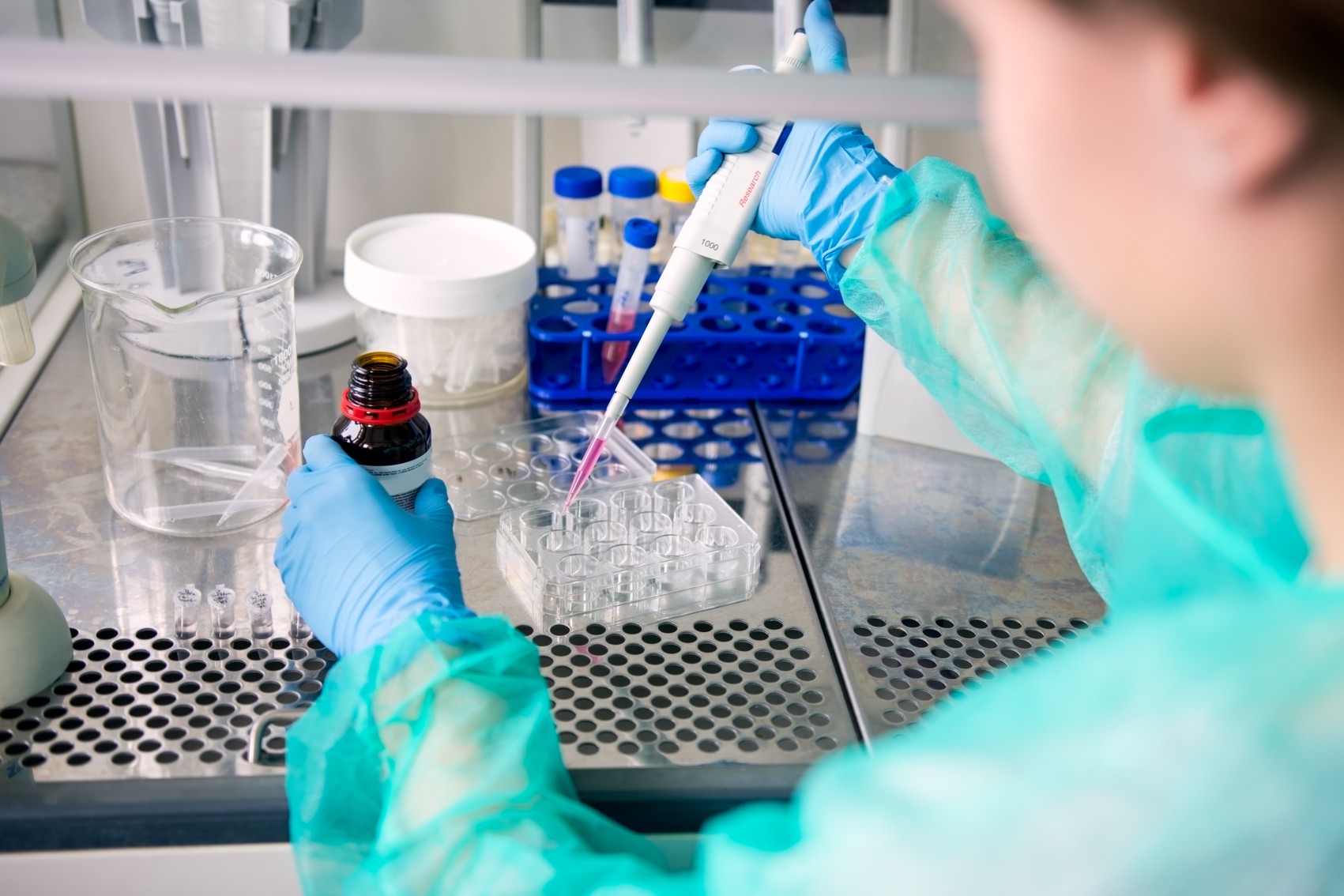
Medical researchers are edging closer to achieving major breakthroughs in the ongoing battle against cancer, raising optimism in the medical field that significant progress against the deadly disease is being made.
The breakthroughs are expected to come when a number of promising trials now underway are approved, taking the battle against the disease to a new level.
Read More »Vaccine trials
Among the latest developments are trials on cancer vaccines.
The field is focused on developing vaccines that train the immune system to destroy a tumor when it first appears and those that prevent it from growing. In some cases the vaccines might be able to prevent a tumor occurring in the first place.
The concept is similar to childhood vaccines that are focused on preventing disease from taking hold.
Breast cancer
A study under way is testing a vaccine that its developers hope will be able to prevent the occurrence of triple-negative breast cancer. This type of cancer is the most deadly and aggressive form of the disease. Black American women are twice as likely as white American women to be diagnosed with it. About a third are likely to die from it. The disease also affects people under the age of 40 more than other ages.
The phase 1 trial being conducted by G. Thomas Budd and other experts at the Cleveland Clinic’s Lerner Research Institute is expected to be completed in September 2022.
The vaccine is directed at a lactation protein that occurs in most triple-negative cases of breast cancer, says Vincent Tuohy, staff immunologist at the institute, who is the main inventor of the vaccine. It is designed to cause the immune system to kill the tumor as it appears and to prevent it from growing before it can take hold, he explains.
New merger holds promise
A joint $900 million project between U.S.-based Regeneron Pharmaceuticals and Nykode, a Norwegian company that specializes in clinical-stage vaccines, is directed at developing five programs, three of which are aimed at developing vaccines against cancer.
Nykode has shown it can combine a number of different codes or genes to generate new medications that have one-of-a-kind properties, says Agente Fredriksen, chief innovation and strategy officer of Nykode. They are aiming to deliver new medicines that are game-changing, she adds.
Multiple trials are being conducted to investigate gene splicing, RNA-based therapies, and bispecific antibodies, says Dr. L. Andres Sirulnik, senior Vice President, Translational and Clinical Sciences, Hematology at Regeneron. Included in the trials are medicines that are being investigated for treatment of several types of blood cancer, including lymphoma and multiple myeloma as well as a number of other blood disorders. Progress continues to be made, Sirulnik adds.
Other cancer treatments
• A study now being conducted is evaluating Oncolytics flagship drug pelareorep for treatment of multiple types of cancer. It already is being used in trials on triple-negative breast cancer and scientists are now looking at its effectiveness in treating gastrointestinal cancer along with other cancers.
The drug addresses a need that is so far unmet to use the immune-suppressing effects of pelareorep to increase the number of patients who will respond to treatment, says Dr. Matt Coffey, president and CEO of Canada-based Oncolytics Biotech.
• Another promising drug is Amgen’s lumakras, which is already being prescribed by more than 500 oncologists to treat cancer patients, according to Murdo Gordon, who heads commercial operations for Amgen. About three-quarters of patients with non-small cell lung cancer are being tested with the drug, he says. It also has received positive reaction when used, in combination with other drugs, for colorectal cancer.
• Also gaining ground in the treatment of cancer is chimeric antigen receptor T cell therapy—known as CAR-T therapy—in which doctors remove T cells from a patient’s body. The T cells, which are part of the body’s immune system, are re-engineered so that they will recognize cells that are cancerous and target them more effectively.
They are then put back into the patient’s body where they are designed to search out the cancer cells and destroy them.





